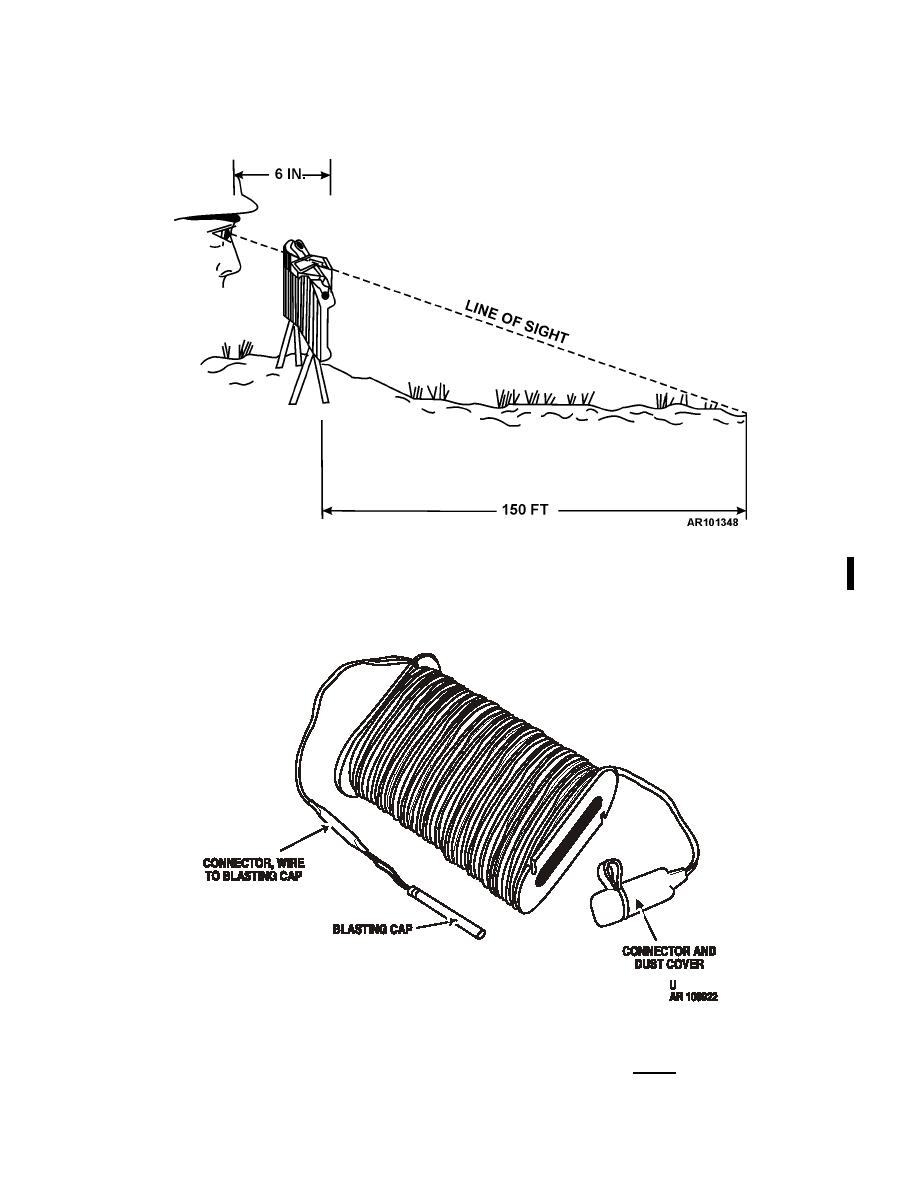
|
Established Year :
Manufacture Company :
Materials Used :
Buying Website :
Description :
|
1863
Stresau Laboratory Inc.
Mercury fulminate,lead azide
NIL
It is a small sensitive primary explosive device normally used to detonate a larger less sensitive secondary explosive such as dynamite, or plastic explosive.A blasting cap is a small, explosive device used to initiate larger explosive charges. It is a detonator used to set off a larger explosive device such as dynamite. Blasting caps are typically composed of a small tube filled with a primary explosive material such as lead azide, lead styphnate, mercury fulminate, or PETN. The primary explosive is detonated by a shock wave created by a detonator, usually an electric detonator or a detonating cord.
Blasting caps come in a variety of sizes and types, depending on the application. Commonly used blasting caps are non-electric and come in a variety of sizes and shapes, including cylindrical, conical, and hemispherical. The shape of the blasting cap determines the type of explosive charge it can initiate. For example, a cylindrical blasting cap is used to initiate a high-order explosive, such as dynamite, while a conical blasting cap is used to initiate a low-order explosive, such as black powder.
Blasting caps are used in a variety of industries, including mining, construction, and demolition. They are used to break up large rocks, to demolish buildings, and to create tunnels and other underground structures. Blasting caps are also used in military operations, such as to detonate landmines and to destroy enemy targets.
Blasting caps are usually connected to a blasting machine, which is a device that produces a high voltage electrical current. This current is used to detonate the blasting cap, which then sets off the larger explosive device. Blasting machines are usually operated by a trained and experienced blaster, who is responsible for setting up the blasting machine and ensuring that it is properly connected to the blasting caps.
Blasting caps are highly dangerous and should only be handled by trained professionals. Improper handling of blasting caps can lead to serious injuries, and even death. It is important to follow all safety guidelines when handling blasting caps, and to ensure that the blasting caps are properly connected to the blasting machine.
|
 Mining Equipments
Mining Equipments  Blasting cap
Blasting cap Mining Equipments
Mining Equipments  Blasting cap
Blasting cap